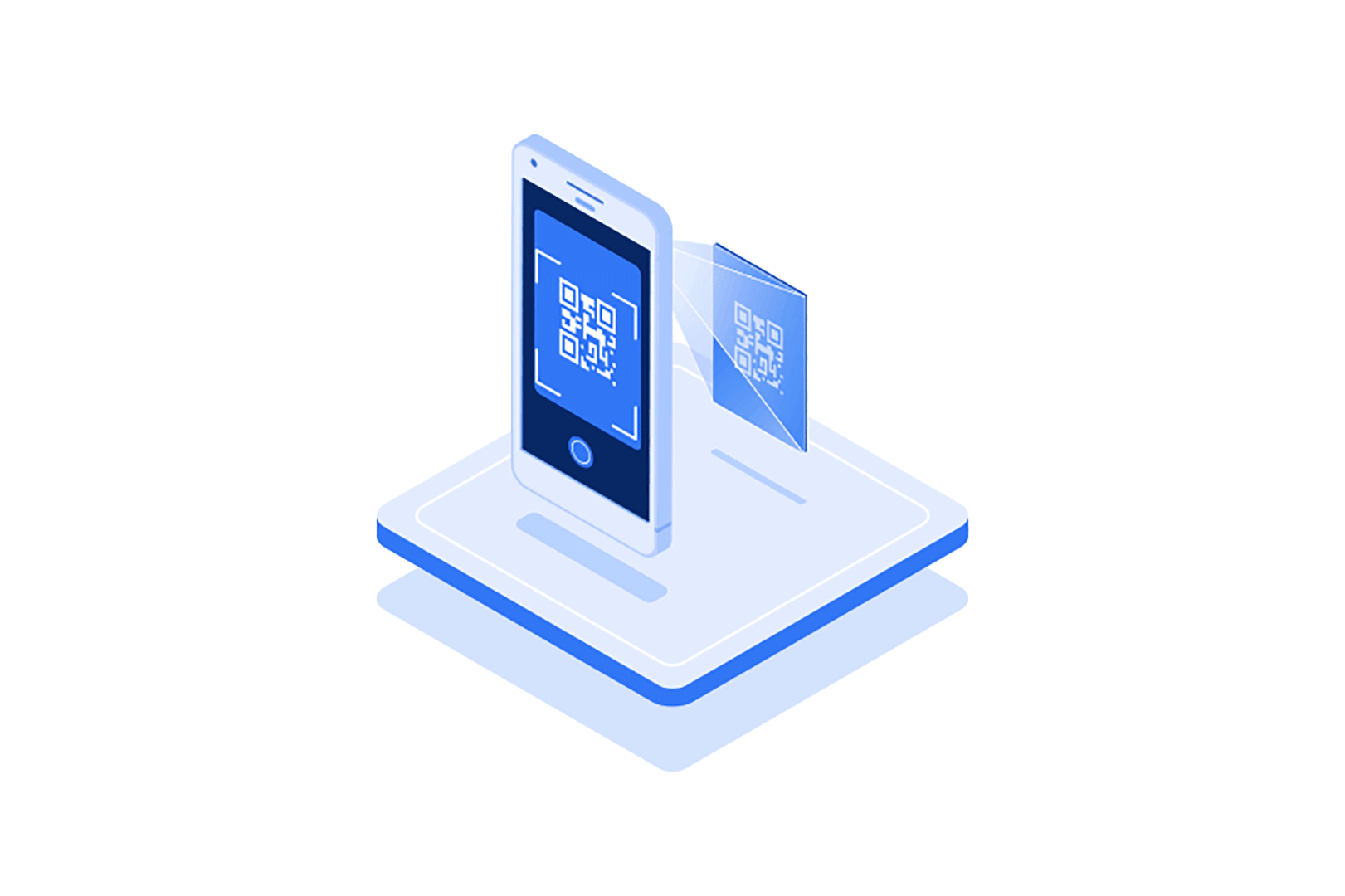Like it or not, QR codes are here to stay
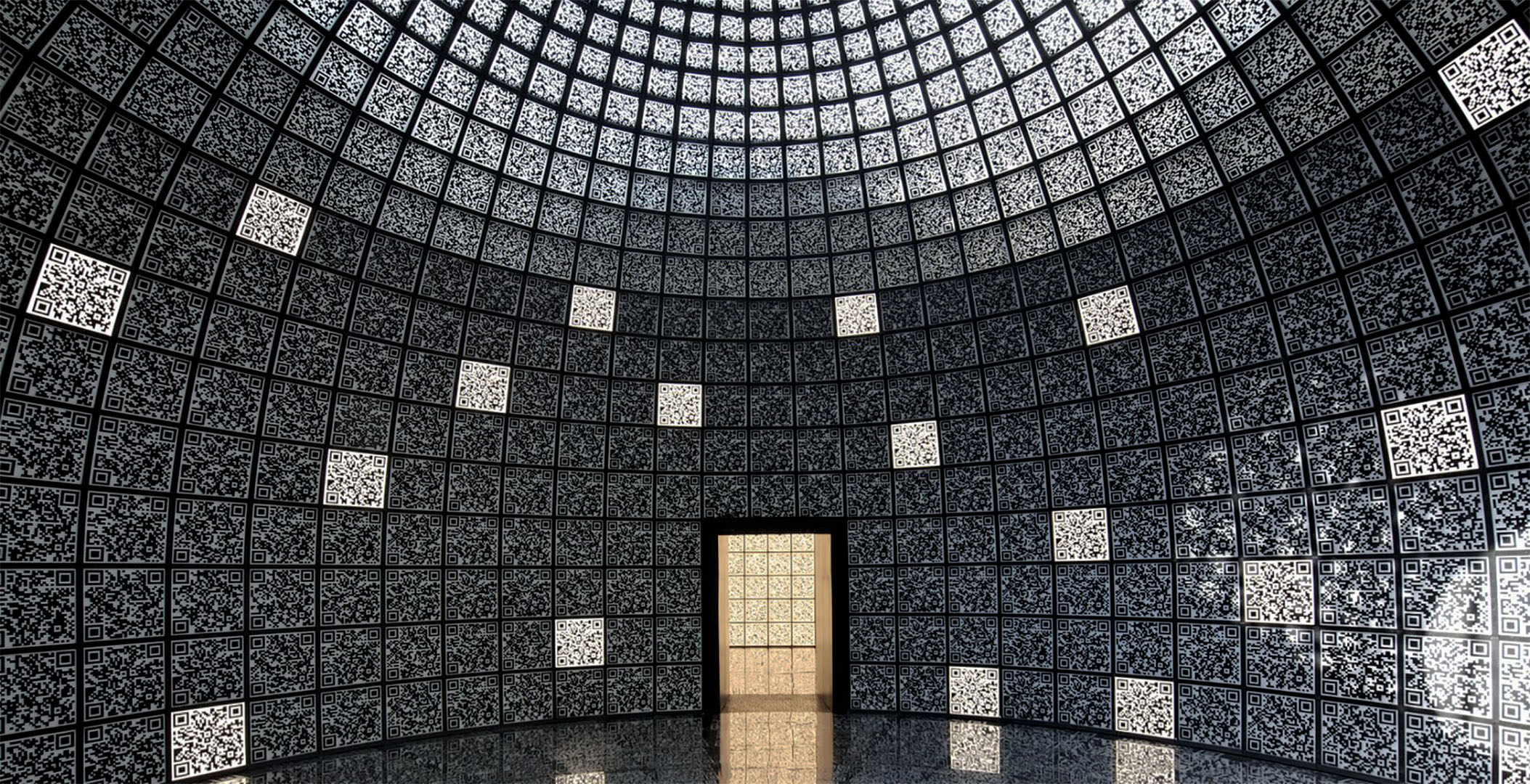
Fueled by a desire for touchless transactions, QR codes popped up everywhere in the pandemic. You’ve probably scanned more QR codes in the last few months than you did in your entire life. They’ve saved us from filling up endless paper forms on clipboards, so let’s take a moment to know more about these black-and-white-heroes
QR codes have been the subject of various cycles of derision over the past 20 years, and yet, walk around today, and you’ll find them everywhere: posted on storefronts inviting onlookers to place online orders or scan a menu for takeout. The technology has reached a level of adoption that’s trending towards China, where they’ve been used widely for a decade.
QR codes rely on function over form—they are meant to be legible to a computer, not to a person—but the pandemic has proven their potential outside of the merely transactional. Now that people are used to seeing and scanning those squared-off, scrambled messages from one computer to another. Paired with other emerging behaviors and new technology—AI, ethical shopping, a desire for brand transparency—QR codes and the additional layer of information they provide could prove even more useful than they already are.
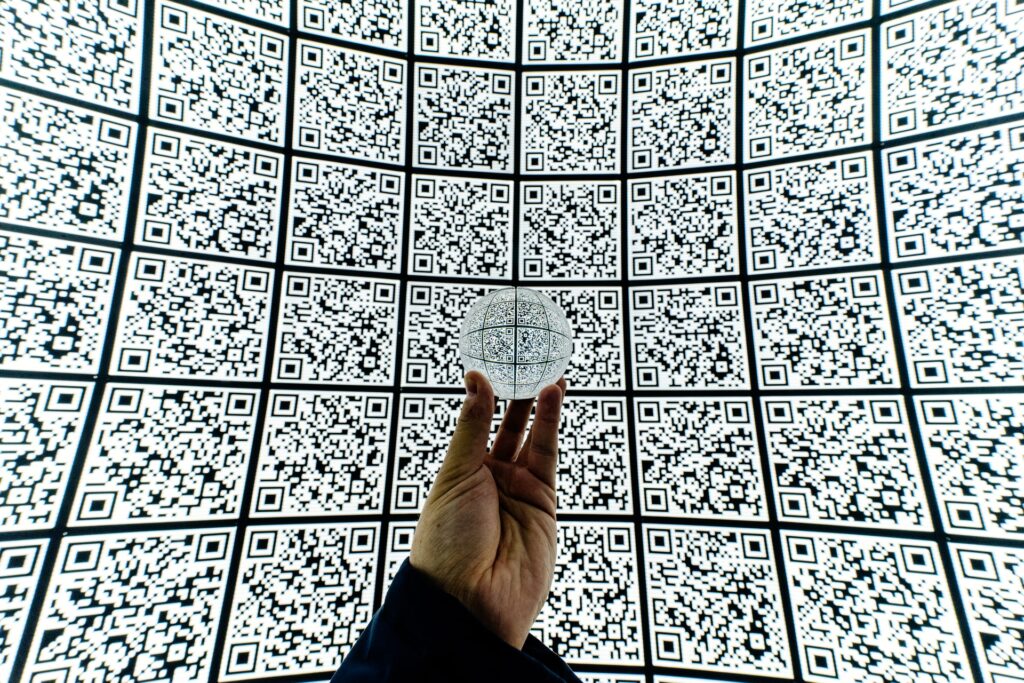
Restaurants were among the first to adopt the codes to replace paper menus, a trend that some in the industry believe may outlive the pandemic. So why not paint a QR code on the side of the building, allowing patrons to read the menu, scroll through images, and choose what they want before they reach the counter?
The ubiquity of QR codes in functional interactions (payments, menus, forms) will likely nudge people to engage with them in more ancillary settings, which already has designers thinking of new uses for an old technology. There is huge potential for QR codes to tell brand stories that don’t fit within the constraints of package design. This is particularly relevant for food and wellness companies, where detailing values and bona fides is often as essential as listing ingredients. In this way, QR codes, once something that most people ignore, offer an opportunity for other rote symbols (a recycling label, a USDA Organic circle) to be reanimated with meaning. For consumers, QR codes can simplify “the line of communication between where they’re spending their money and what effects that have in the world.”
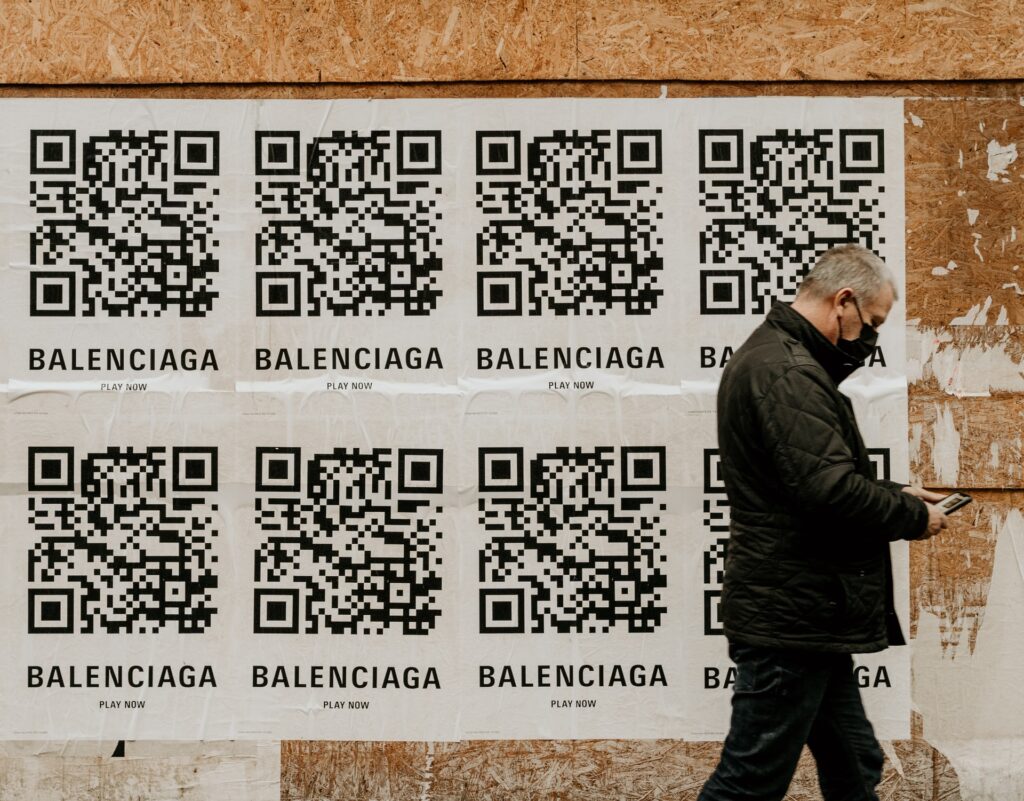
A brief history about QR codes
The idea of QR codes as an avatar for sustainability isn’t something most would have predicted when the technology first appeared. QR codes were invented in 1994 by Japanese automotive company Denso Wave, a subsidiary of Toyota, and developed to replace barcodes, which had been used to track car parts during manufacturing. The QR code bested its predecessors like UPC barcodes in many ways: it is easier to scan, store more information, and, more importantly, doesn’t require licensing! Denso Wave never patented the technology, which opened it up to applications beyond the factory floor.
The QR – which stands for “quick response” – code is basically a barcode on steroids. While the barcode holds information horizontally, the QR code does so both horizontally and vertically. This enables the QR code to hold over a hundred times more information.
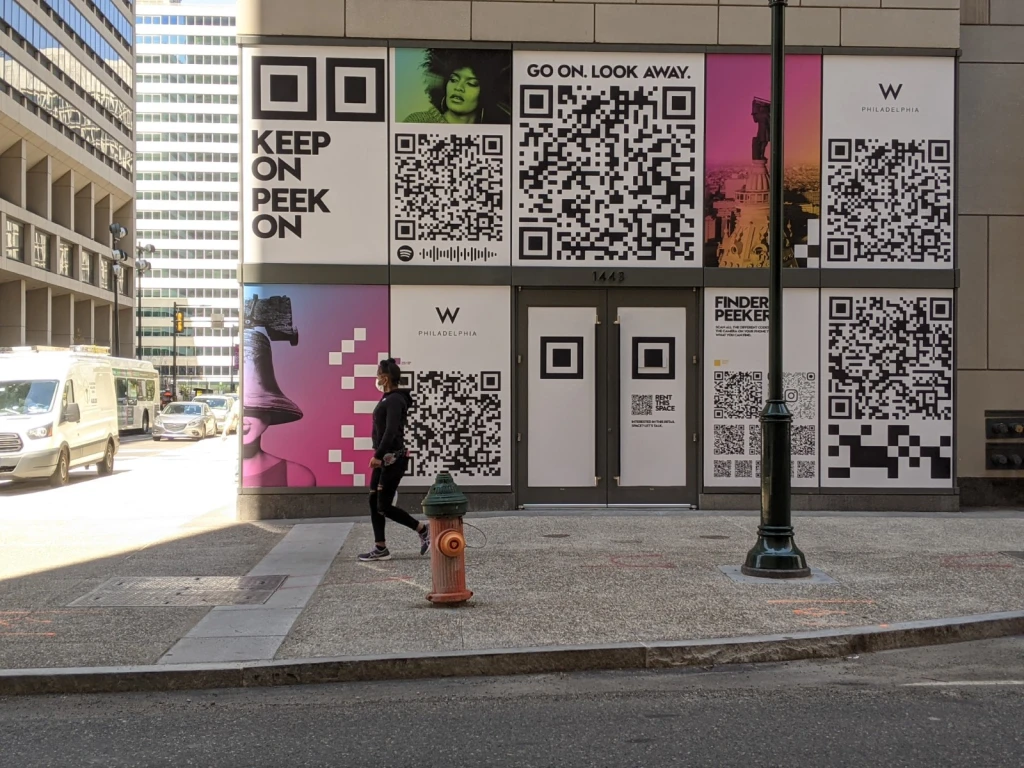
Once seen as an annoyance is now seen as a convenience.
By the early 2010s, brands started using QR codes to track engagement with print ads and packaging. For example, in 2011, Taco Bell put them on co-branded cups and boxes to promote a partnership with MTV. That same year, Chinese commerce giant Alibaba introduced QR codes as a form of mobile payment with Alipay. By introducing QR codes as a passive design, Chinese companies familiarized consumers with them and provided their utility. Now, (thanks) to the pandemic, that proof of concept is happening on a global scale.

At our recent branding project for a butcher brand in Turkey, we placed a huge blue billboard with a simple QR Code in front of the store to generate a buzz during the pre-opening period. (Image above)

Let’s compare the QR code technology to wifi: invisible to us but detectable to computers. QR codes aren’t legible to humans, which allows us to register them and the potential information they hold without immediately processing it. So when we scan codes, we act as mediators.
But what if we didn’t have to? QR codes signal that our society is getting more comfortable with the idea “that there are things that we just can’t see because we build tools to see those things.” To compare the difference between computer and human perception, a stop sign would be a good example. A stop sign was designed for human eyes, but what does it indicate to the sensor in a self-driving car? It can be programmed to identify and interpret these signs the way a human would, or, if presented with a QR code, it can do something much more direct.
Imagine a universe where a computer interacting in the human world could communicate more efficiently with something that speaks its language, without translation from humans at all.
For original article click here. First image; Photo by Mitya Ivanov on Unsplash. Second image; Photograph by Toa Heftiba on Unsplash. Below animation by Yup Nguyen on Dribbble
